Will Hutnick, a Connecticut-based artist who deals in the abstract and uses atypical mediums, had an artist talk for his new solo exhibition, “Changing Faster than the Weather,” on March 26. Hutnick was able to collaborate with several art students to produce a mural the weekend prior, which is now on display on the third floor of Whalen’s School of Music.
Senior Leanna Yatcilla, an art major at Ithaca College and a student employee at the Handwerker Gallery, volunteered to assist Hutnick in creating the mural.
“It was like controlled chaos, you know,” Yatcilla said. “And I feel like that’s like a really good way to describe painting in general, especially [Hutkick’s] style [of] controlled chaos.”
Yatcilla worked alongside junior Abigail Costa and sophomore art major Lee Kreshtool to complete this work over a weekend.
“I was sitting there watching him, I was like, ‘Where did I paint again?’ because this looks different,” Yatcilla said. “I was trying to find what I had done originally because things changed so much. But I wasn’t mad about it. I was like, ‘I knew that was gonna happen.’ And it was now a fun game for me to play about like, ‘Oh, where was my hand in this?’”
Paul Nicholson, director of the Handwerker Gallery, said he met Hutnick during his residency in Brooklyn. Nicholson recalled his work ethic and dedication to following whatever is trending — whether it is a material or an art phase — and emulating it.
“All the shows that we do, typically are two unrelated solo shows that are intentionally meant to be different,” Nicholson said. “So Will’s creative work is sort of looking inward; he’s interested in the queering of space. But he’s also interested in the technology and the way it’s visualized, the way we sort of work within a digital ecosystem visually.”
The Handwerker Gallery exhibited Hutnick’s pieces alongside “Red Parables,” a solo exhibition by Geethanjana Kudaligamage, another visiting artist based in Woodbridge, Virginia, who is focused on the repercussions of the Sri Lankan civil war that occurred from 1983 to 2009.
“Geethanjana’s work, it sort of looks inward and outward, in the sense that he is trying to process the costs, consequences and complexities of the Sri Lankan Civil War and his experience in that, as well as other works in the exhibition, are related to and interested in understanding and processing the lingering effects of the colonial experience as Sri Lankan,” Nicholson said.
At his artist talk, Hutnick described his creative process and how it has changed over time with the changing of his medium of choice. Hutnick also began to think about how approaches to exploring spaces can shift depending on the work and the size of the canvas.
“[There is] more of these like simultaneous realities, is something that I’m excited about how I think could happen,” Hutnick said. “How I think I’m navigating space, and how I hold space through my works.”
Hutnick said he uses natural materials as patterns for his works. He recounted the process of finding his next inspiration in his front yard in his artist talk, applying the same technique to the mural and instructing some of the students to try and find different materials for the mural.
“There were some other plants in front of Whalen that were nice,” Yatcilla said. “So he just kept picking up a bunch of random things. It was like, ‘Here you go. … Some of [the leaves]’, as he was working with it, it started to morph back into themselves because the paint was so saturated that the leaves started to change their shape in a cool way. … It looks like a fish diving down.”
Hutnick’s affinity toward nature patterns started during his second residency at Stove Works in Chattanooga, Tennessee, earlier this year. He said he began to experiment with some of the nature in the front yard of where he was staying and tried to make two identical paintings that could mirror each other. The piece was initially made on a large piece of canvas that ended up being split in half to account for the mirroring “Windows.”
“It’s like from the same piece of canvas,” Hutnick said. “I was like, ‘Let’s treat it as a single episode and hopefully it will then also push it maybe more of a cinematic time-based medium.’ … So that’s how I’m kind of thinking of these serial episodic of length very kind of slow movements.”
Hutnick also makes sure to use all sides of the canvas, especially the sides since it allows for them to have “slower movements and moments.”
The mural will be on display through the summer in 2025. While it is on temporary display, it’s the longest a work that was commissioned by the gallery will ever be shown.
“Will’s mural is present where we’re kind of a little bit like goldfish is as the story goes, goldfish only sort of remembers what’s in front of it and has short-term memory,” Nicholson said. “Our history is different. We do try and work, you know, over time, but also in the moment.”
Hutnick’s solo exhibition and Kudaligamage’s exhibit will be on display through April 22. The Handwerker Gallery is located on the ground floor of the Gannett Library.


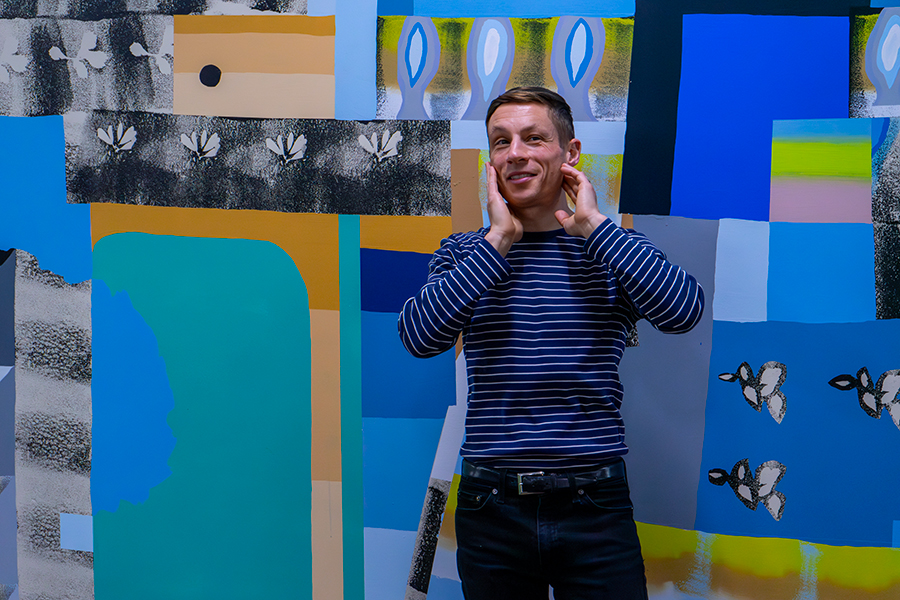

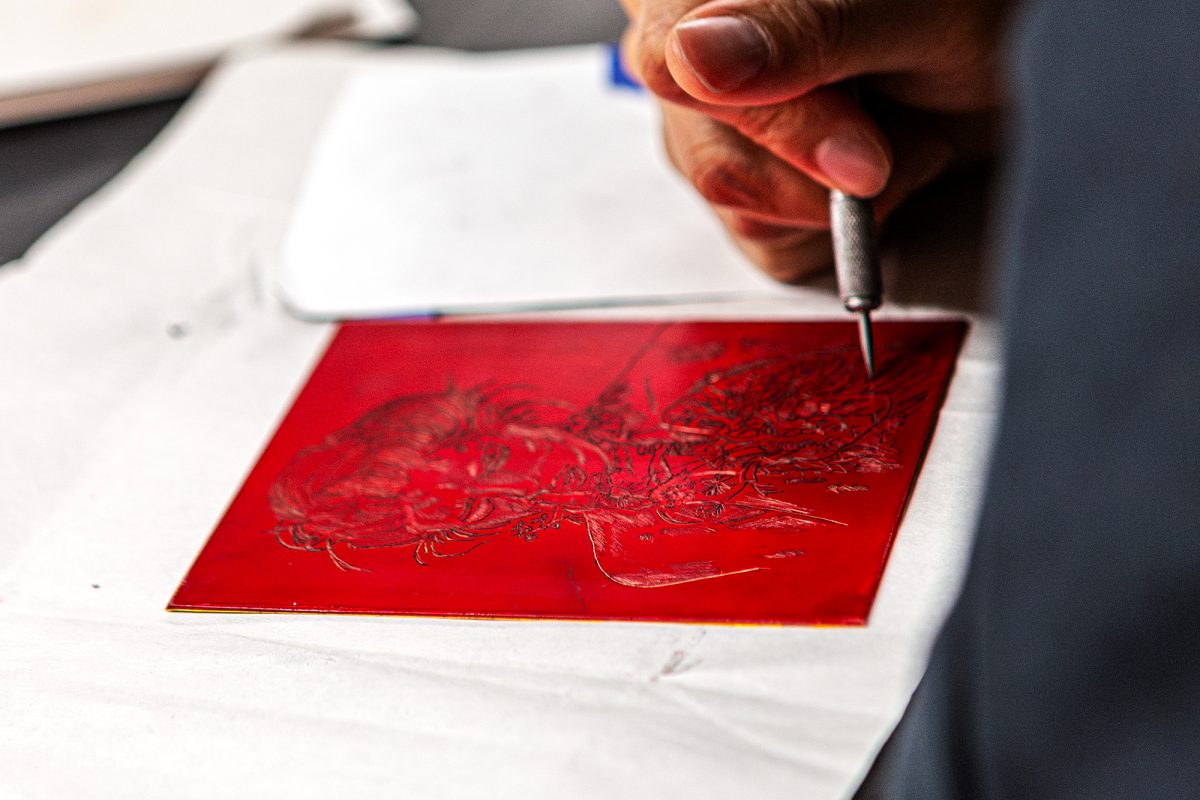
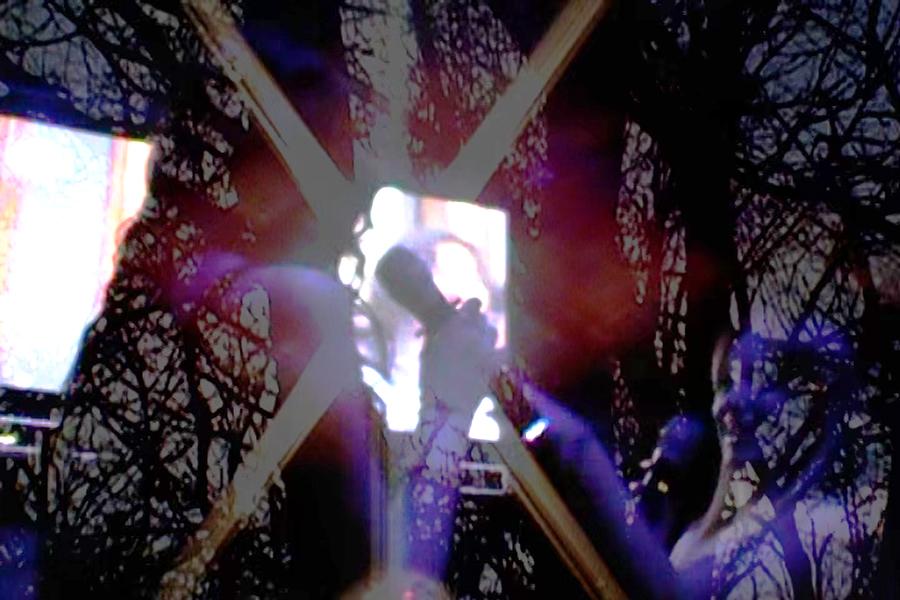
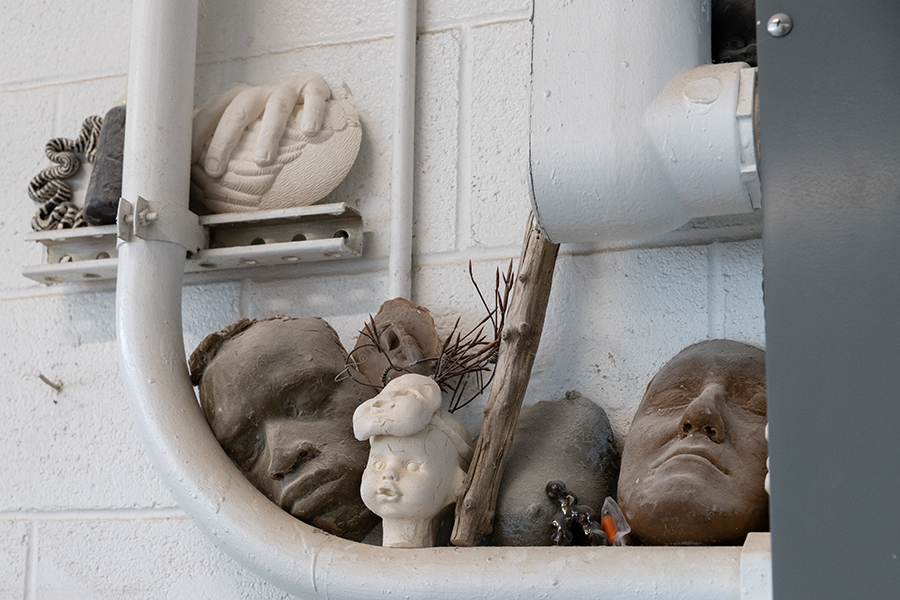
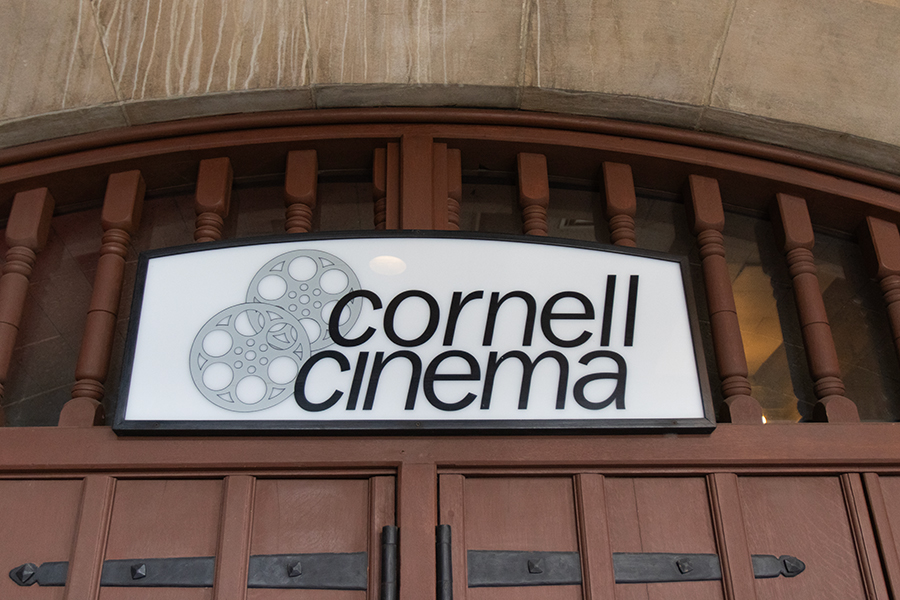
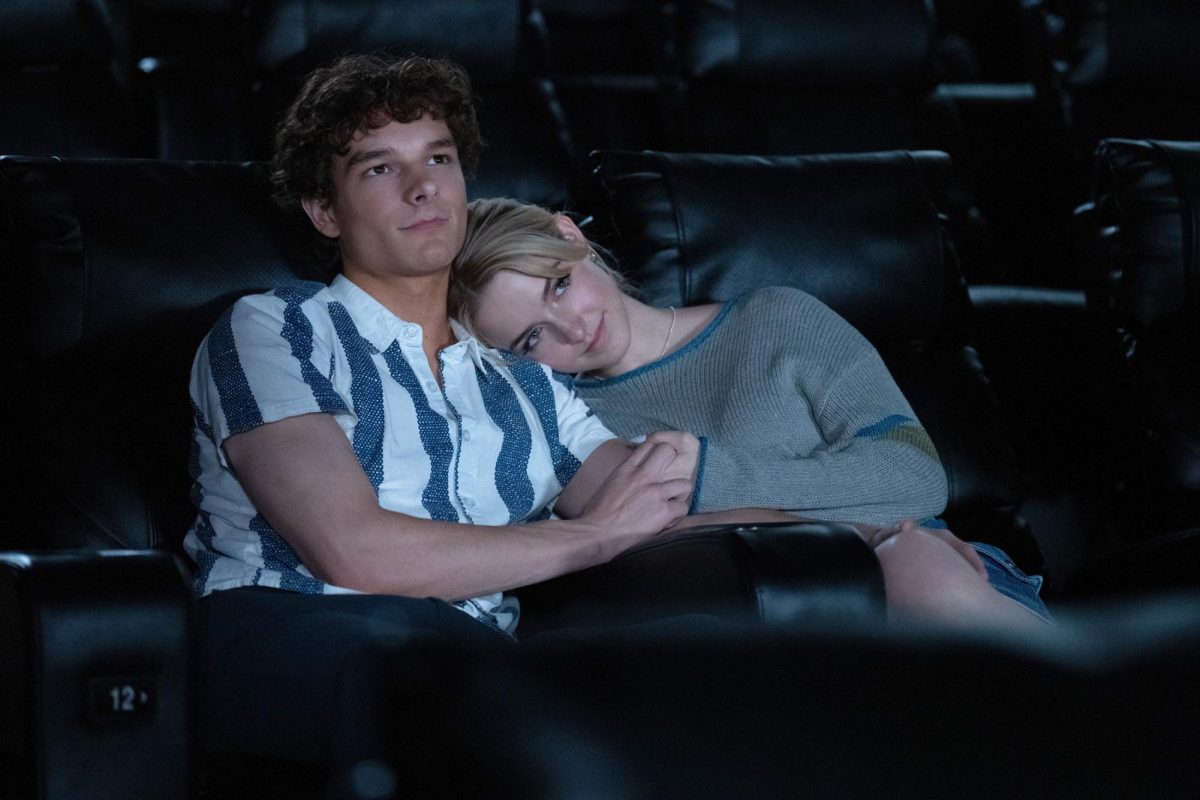











Mr Frank. • Apr 4, 2024 at 12:29 pm
Well written article. Good Job!!!!